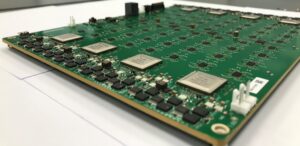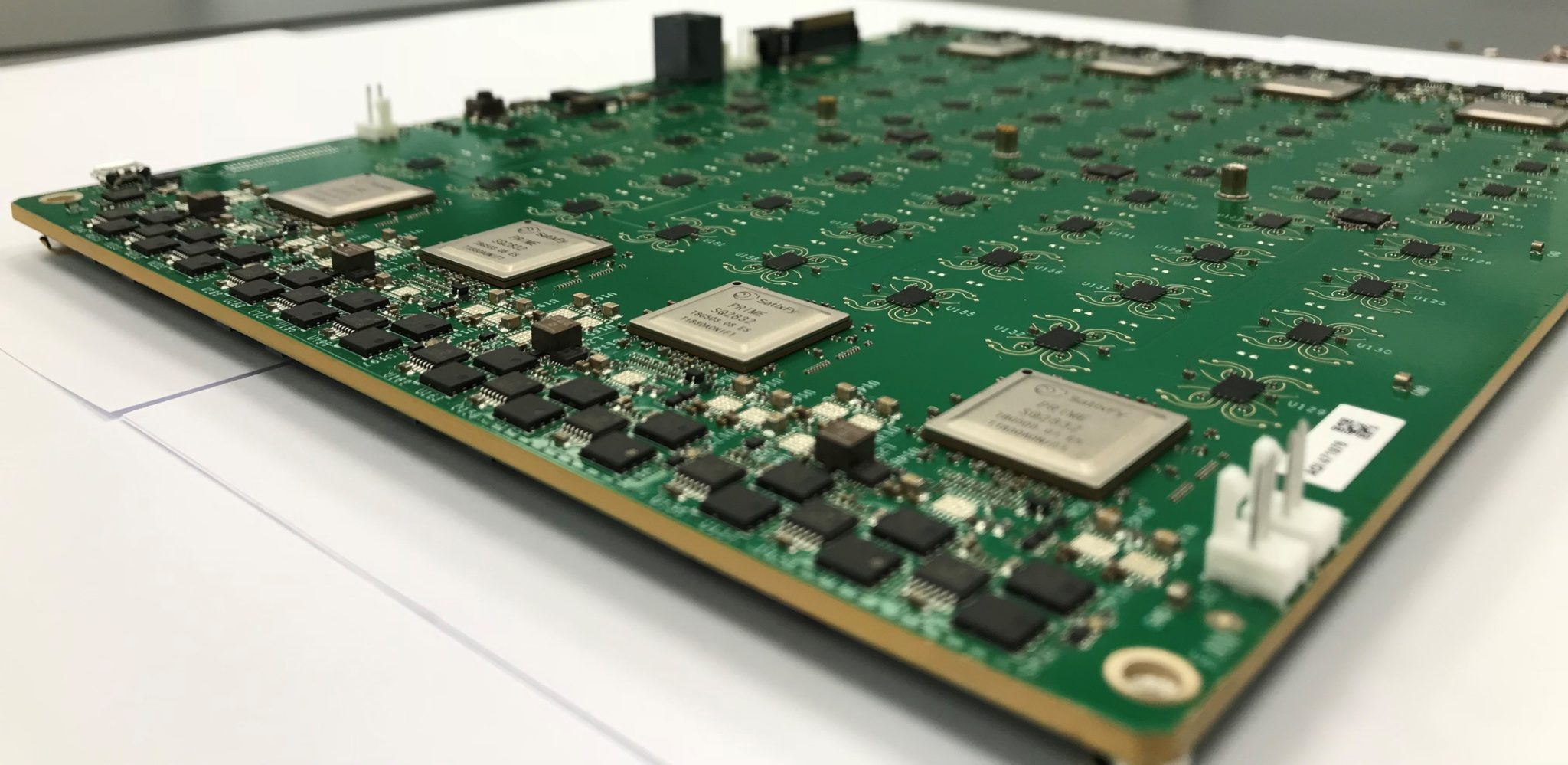UCD and Taoglas collaborate for launch of Ireland's first satellite, EIRSAT-1
Tuesday, 05 December 2023 04:16 In a significant step for Ireland's involvement in space exploration, Taoglas, a leader in antenna and IoT solutions, has played a crucial role in the launch of the country's first satellite, the Educational Irish Research Satellite 1 (EIRSAT-1). This historic event took place on December 1, with EIRSAT-1 ascending aboard a SpaceX Falcon 9 rocket, marking Ireland's official entry into the realm
In a significant step for Ireland's involvement in space exploration, Taoglas, a leader in antenna and IoT solutions, has played a crucial role in the launch of the country's first satellite, the Educational Irish Research Satellite 1 (EIRSAT-1). This historic event took place on December 1, with EIRSAT-1 ascending aboard a SpaceX Falcon 9 rocket, marking Ireland's official entry into the realm Dark galactic region nicknamed "The Brick" explained with Webb telescope findings
Tuesday, 05 December 2023 04:16 In a recent study led by University of Florida astronomer Adam Ginsburg, groundbreaking findings shed light on a mysterious dark region at the center of the Milky Way. The turbulent gas cloud, playfully nicknamed "The Brick" due to its opacity, has sparked lively debates within the scientific community for years.
To decipher its secrets, Ginsburg and his research team, including UF graduat
In a recent study led by University of Florida astronomer Adam Ginsburg, groundbreaking findings shed light on a mysterious dark region at the center of the Milky Way. The turbulent gas cloud, playfully nicknamed "The Brick" due to its opacity, has sparked lively debates within the scientific community for years.
To decipher its secrets, Ginsburg and his research team, including UF graduat LeoLabs Partners with Aalyria to enhance global communication network security
Tuesday, 05 December 2023 04:16 LeoLabs, a commercial provider of Space Traffic Management (STM), Space Situational Awareness (SSA), and Space Domain Awareness (SDA) services, has announced a pivotal partnership with Aalyria, a front-runner in advanced software-defined and optical networking communications. This collaboration aims to tackle the mounting challenges in space awareness for intricate communications networks that i
LeoLabs, a commercial provider of Space Traffic Management (STM), Space Situational Awareness (SSA), and Space Domain Awareness (SDA) services, has announced a pivotal partnership with Aalyria, a front-runner in advanced software-defined and optical networking communications. This collaboration aims to tackle the mounting challenges in space awareness for intricate communications networks that i 10 billion year, 50,000 light-year journey to black hole
Tuesday, 05 December 2023 04:16 A star near the supermassive black hole at the center of the Milky Way Galaxy originated outside of the Galaxy according to a new study. This is the first time a star of extragalactic origin has been found in the vicinity of the super massive black hole.
Many stars are observed near the supermassive black hole known as Sagittarius A* at the center of our Galaxy. But the black hole's intens
A star near the supermassive black hole at the center of the Milky Way Galaxy originated outside of the Galaxy according to a new study. This is the first time a star of extragalactic origin has been found in the vicinity of the super massive black hole.
Many stars are observed near the supermassive black hole known as Sagittarius A* at the center of our Galaxy. But the black hole's intens NASA Continues Progress on Artemis III Rocket Adapter with Key Joint Installation
Tuesday, 05 December 2023 04:16 In a significant advancement for NASA's Artemis III mission, engineers and technicians at the Marshall Space Flight Center in Huntsville, Alabama, have recently achieved a major milestone. They have successfully installed a crucial component, the frangible joint assembly, onto the launch vehicle stage adapter of the Space Launch System (SLS) rocket. This development is pivotal for the Artemis II
In a significant advancement for NASA's Artemis III mission, engineers and technicians at the Marshall Space Flight Center in Huntsville, Alabama, have recently achieved a major milestone. They have successfully installed a crucial component, the frangible joint assembly, onto the launch vehicle stage adapter of the Space Launch System (SLS) rocket. This development is pivotal for the Artemis II MAHLI Marathon: Sols 4025-4027
Tuesday, 05 December 2023 04:16 Earth planning date: Friday, December 1, 2023: We have a three-sol plan today packed with many MAHLI observations! MAHLI will acquire images of the "Sequoia" drill hole, drill hole tailings, CheMin inlet, and the REMS UV sensor.
APXS has a second measurement of the "Sequoia" drill tailings, offset slightly from the first tailings measurement made on Sol 4024. The plan also includes many at
Earth planning date: Friday, December 1, 2023: We have a three-sol plan today packed with many MAHLI observations! MAHLI will acquire images of the "Sequoia" drill hole, drill hole tailings, CheMin inlet, and the REMS UV sensor.
APXS has a second measurement of the "Sequoia" drill tailings, offset slightly from the first tailings measurement made on Sol 4024. The plan also includes many at The Rise of the Virtual Mission
Tuesday, 05 December 2023 04:16 For decades, satellites have been a valuable resource for understanding events on Earth in slow motion, from assessing damage from extreme weather, to forecasting crop outputs, to predicting economic activity from the number of ships docked in a port.
At Loft, we believe that satellites can do more. Satellites should be able to provide answers and insights - not just raw data - in real tim
For decades, satellites have been a valuable resource for understanding events on Earth in slow motion, from assessing damage from extreme weather, to forecasting crop outputs, to predicting economic activity from the number of ships docked in a port.
At Loft, we believe that satellites can do more. Satellites should be able to provide answers and insights - not just raw data - in real tim Axiom Space Chooses AWS to Power IT Infrastructure for Commercial Space Station
Tuesday, 05 December 2023 04:16 Axiom Space, recognized as a pioneer in commercial human spaceflight and the developer of the world's first commercial space station, Axiom Station, has made a significant move in its IT infrastructure strategy. The company has announced its decision to fully embrace Amazon Web Services (AWS) for its terrestrial information technology (IT) needs. This strategic shift aims to fortify the necessar
Axiom Space, recognized as a pioneer in commercial human spaceflight and the developer of the world's first commercial space station, Axiom Station, has made a significant move in its IT infrastructure strategy. The company has announced its decision to fully embrace Amazon Web Services (AWS) for its terrestrial information technology (IT) needs. This strategic shift aims to fortify the necessar New theory unites Einstein's gravity with quantum mechanics
Tuesday, 05 December 2023 04:16 A radical theory that consistently unifies gravity and quantum mechanics while preserving Einstein's classical concept of spacetime has been announced in two papers published simultaneously by UCL (University College London) physicists.
Modern physics is founded upon two pillars: quantum theory on the one hand, which governs the smallest particles in the universe, and Einstein's theory of
A radical theory that consistently unifies gravity and quantum mechanics while preserving Einstein's classical concept of spacetime has been announced in two papers published simultaneously by UCL (University College London) physicists.
Modern physics is founded upon two pillars: quantum theory on the one hand, which governs the smallest particles in the universe, and Einstein's theory of India returns Chandrayaan-3 propulsion module to Earth orbit
Tuesday, 05 December 2023 02:51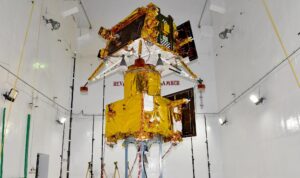
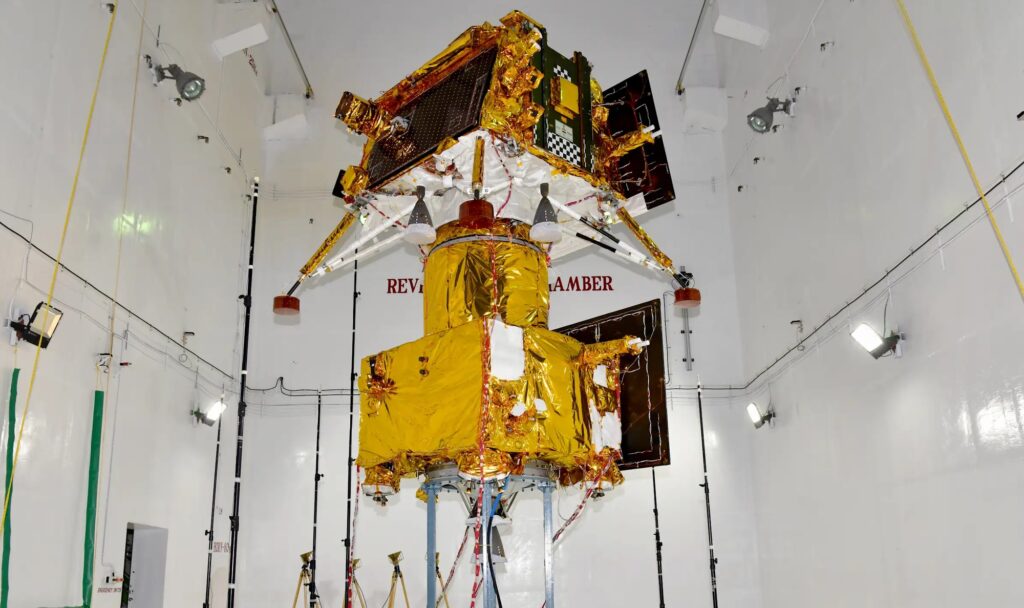
Industry report: Demand for satellites is rising but not skyrocketing
Monday, 04 December 2023 21:15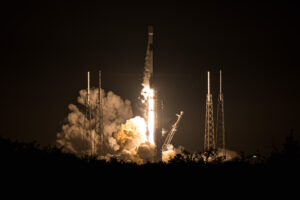
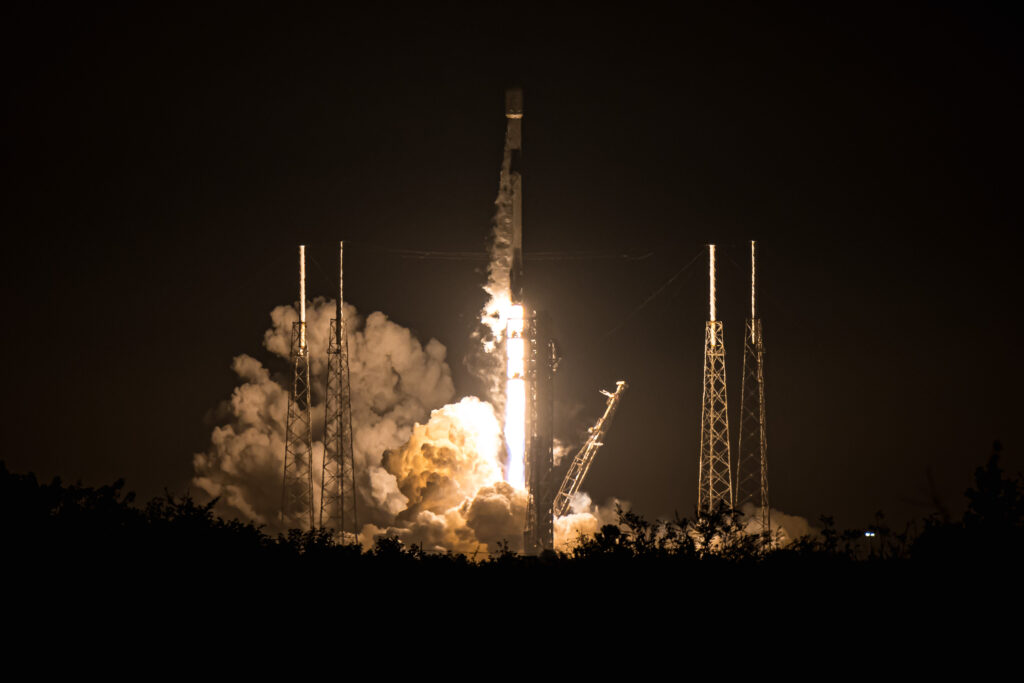
York reveals latest commercial space-as-a-service mission
Monday, 04 December 2023 18:01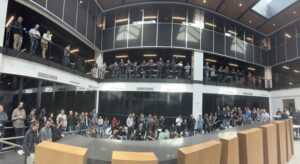
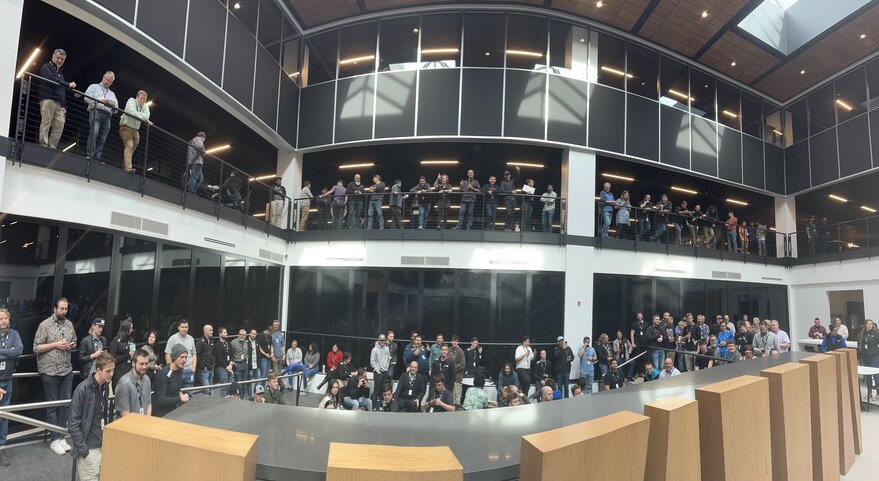
Huginn inflight call with Andreas Mogensen and ESERO Denmark, Sweden, Norway and Finland
Monday, 04 December 2023 14:43 Video:
00:20:11
Video:
00:20:11
ESA astronaut Andreas Mogensen called several ESERO establishments in Denmark, Sweden, Norway, and Finland where over 1000 students were waiting to ask questions about life in space and how science on the International Space Station can benefit life on Earth. Check it out to learn more about how water is recycled on the Space Station and what you need to be a good astronaut.
ESA and UNEP collaborate for a greener future
Monday, 04 December 2023 09:56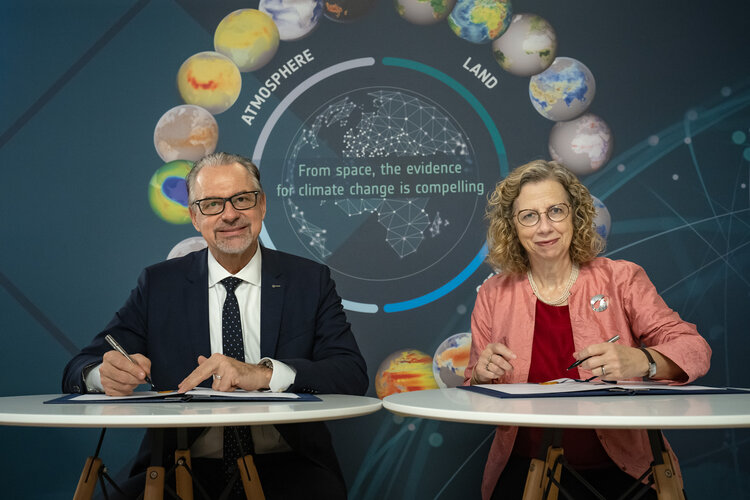
In a significant step towards a more sustainable future, ESA and the United Nations Environment Programme (UNEP) have signed a Memorandum of Understanding during Earth Information Day at COP28 currently taking place in Dubai.
The memorandum signifies a commitment to harness the power of space technology and data for environmental conservation, nature and biodiversity protection and restoration.


